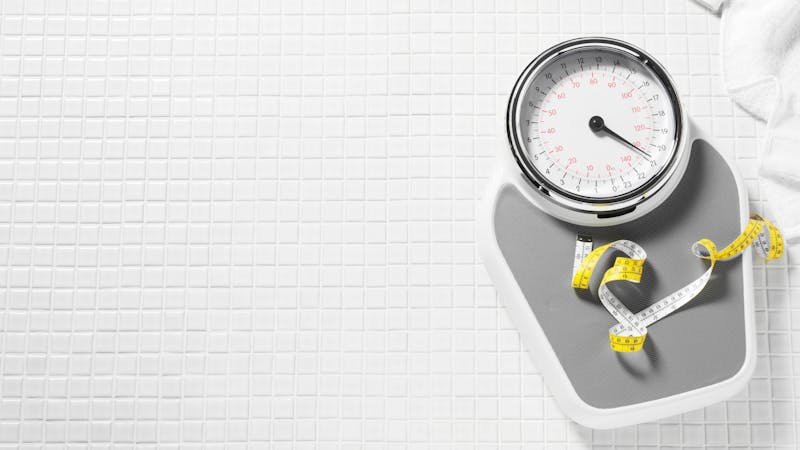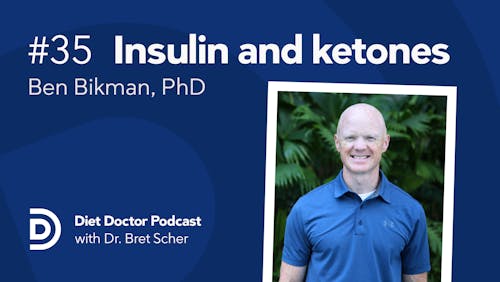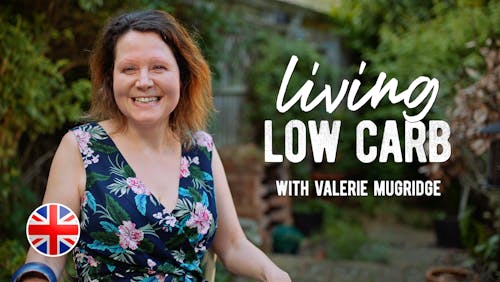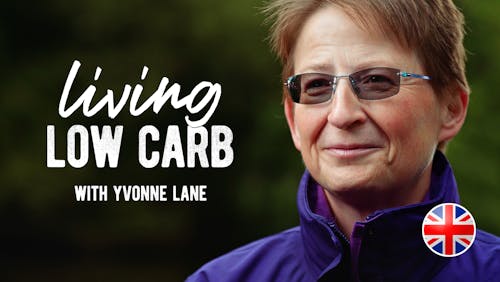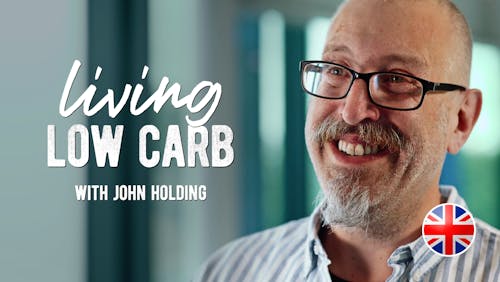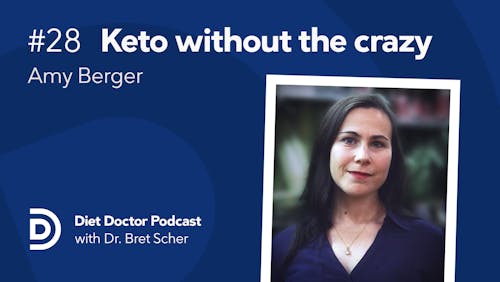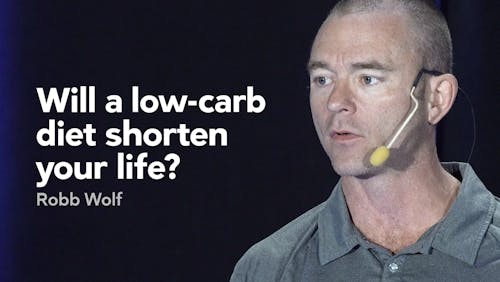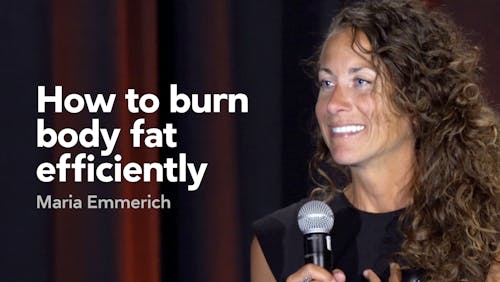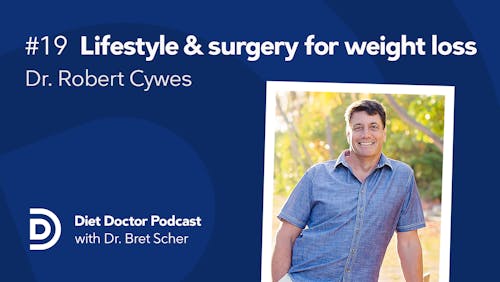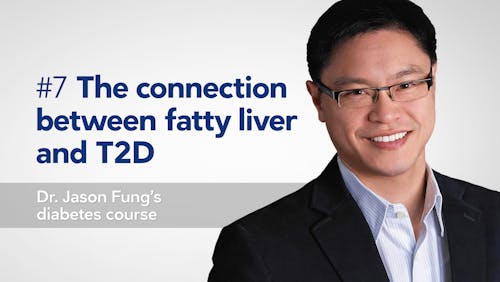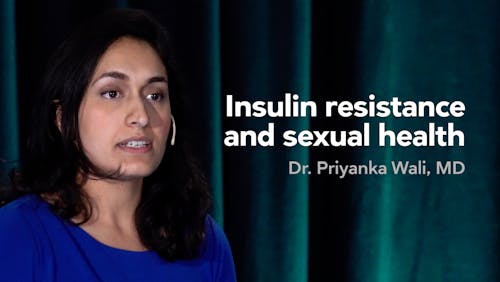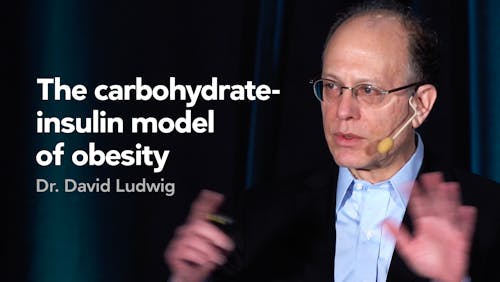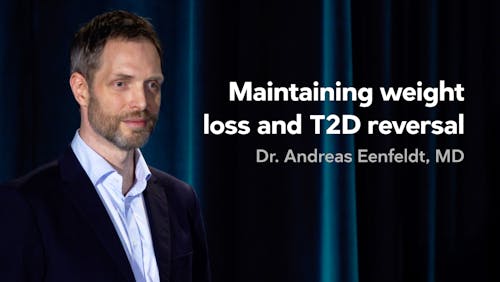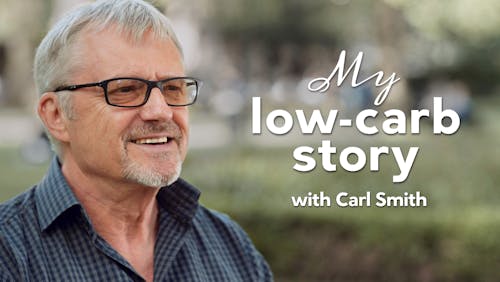How to lose belly fat
Are you struggling to lose those extra pounds building up around your midsection? You certainly aren’t alone. On any given day, nearly half of American adults are on a diet to lose weight, and only a minority succeed.1
Difficulty with losing weight is troubling, especially concerning belly fat, also known as visceral, abdominal, or truncal fat. Belly fat’s impact is more serious than aesthetics. It’s associated with metabolic disease, type 2 diabetes, and other serious health concerns.2
That may sound depressing, but with the right information, you can adopt an eating strategy that will help you lose belly fat.
1. What is belly fat and why does it matter?
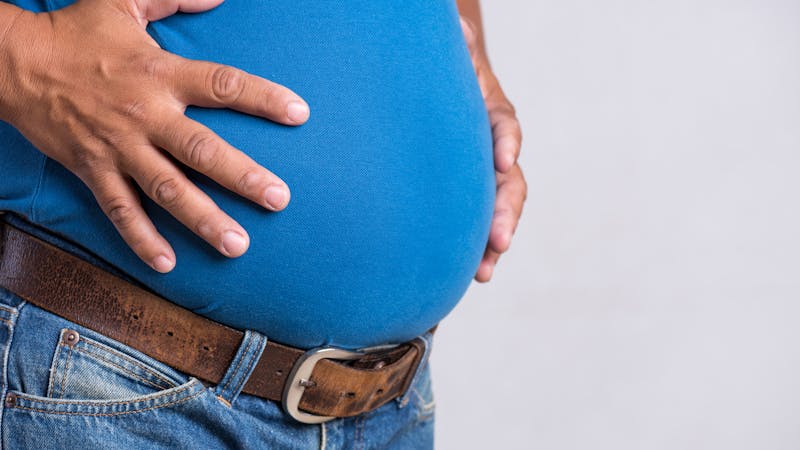
People tend to carry fat in two distinct ways: either under the skin (as subcutaneous fat) or in the abdomen and surrounding internal organs (as visceral fat). The latter is what is often referred to as “belly fat.”3
How you carry fat is based on several factors: genetics, age, gender, and lifestyle.4 But the good news is that you can take control and lose unnecessary belly fat.
How to measure abdominal or visceral fat
MRI or CT scanning are currently considered the gold standards for measuring visceral and abdominal fat.5 A DEXA scan, which uses a low-dose x-ray beam, produces similar results and may be more accessible. Other tools like bioimpedance scales are less accurate and provide less information about visceral fat, but are widely available.6
For those who don’t have access to imaging tools, a simple technique is to measure your waist circumference. General recommendations are for men to keep their waist measurement below 40 inches (101 cm) and women to keep their measurement below 35 inches (89 cm). However, some ethnic groups, such as South Asians, have lower cutoffs of 35 inches (89 cm) for men and 31 inches (80 cm) for women.7
However, we suggest aiming for an even smaller waist circumference, most notably, one that will keep your waist-to-height ratio in a healthy range. Studies show that a waist-to-height ratio less than 0.5 may be an even better measurement for predicting a lower risk of health complications.8
| Low risk | Intermediate risk | High risk | |
|---|---|---|---|
| Waist-to-height ratio | <0.5 | 0.5-0.6 | >0.6 |
You can also measure your hips and calculate your waist-to-hip ratio (waist measurement divided by hip measurement). The target for men is less than 0.9 and for women it’s less than 0.8.9
Do you want to learn more about how to accurately measure your waist circumference or hip to waist ratio?
Why does belly fat matter?
Abdominal fat is associated with an increased risk of several health conditions, including:10
- metabolic disease11
- type 2 diabetes12
- heart disease13
- inflammation14
Belly fat is even associated with a shorter life.15 Even “normal weight” people, as defined by BMI, with extra belly fat are at increased risk of health complications.16
As we saw in 2020, more visceral fat is associated with a higher risk of severe Covid-19 complications.17
Fortunately, excess belly fat can be reduced. Studies show that reducing it improves metabolic health and is likely to improve overall health.18
Summary
Belly fat, also known as abdominal or visceral fat, is associated with an increased risk of multiple health conditions. Imaging tests, like DEXA scans or MRIs, are most effective for measuring belly fat, but simple techniques like waist circumference or waist to hip ratio are also very useful. Fortunately, lifestyle changes can decrease belly fat and improve overall health.
2. Nutrition
Any weight loss method may reduce belly fat to a degree. But what intervention helps reduce abdominal fat the most?
Low-carb nutrition
Low-carb nutrition lowers insulin, improves metabolic syndrome, and can put type 2 diabetes in remission. It can also help people lose belly fat.19In 2019, researchers from Virta health published a two-year study on the keto diet and reported a 15% reduction in abdominal fat.20
Other studies show a low-carb diet leads to greater loss of abdominal fat than a low-fat diet, although they also showed greater overall weight loss with low carb, so it isn’t clear that low carb will always be superior to low fat for targeting abdominal fat.21
In another study, low-carb dieters lost 22.8% of their abdominal fat, compared to only 1% for the low-fat dieters, again with greater overall weight loss.22
Yet another study reported an 11% reduction of abdominal fat for low-carb eaters compared to a 1% reduction for low-fat dieters.23
Calorie restriction
Other methods of weight loss may also help people lose belly fat. One randomized trial reported that 12 weeks of calorie restriction reduced fat mass by 11 pounds (5 kilos) and visceral fat by 15%.24
However, as with most restrictive eating plans, other studies question the sustainability of these diets and results. One randomized trial using a low-fat, calorie-restricted diet reported that at eight years, the dieters lost 4 kilos (8.8 pounds), almost all from lean mass rather than fat mass.25
An interesting randomized trial revealed that after one year, exercise without calorie restriction led to the same reduction in belly fat as a diet with 20% fewer calories.26
Vegan diets
In one 16-week trial, 122 overweight adults who ate a low-fat vegan diet lost an average of nearly 14 pounds (6.4 kilos), and became more insulin sensitive. The control group continued their standard diet and did not see any significant changes.27
Another 16-week trial reported those following a vegan diet lost 9.5 pounds (4.3 kilos) of fat mass, some of it from visceral fat, whereas those on the control diet did not lose any.28
It is important to note that vegan diets do not provide all the essential nutrients that humans need and therefore require long-term use of vitamin and mineral supplements.29
Some may also find it challenging to meet the need for adequate protein on a vegan diet. Protein intake is especially important during weight loss to minimize the loss of muscle mass.30
Read more about low-carb vegan diets in our evidence-based guide.
Intermittent fasting
Studies of intermittent fasting, most of them examining alternate-day fasting, show that this strategy can also help people lose abdominal fat.One study found that six weeks of alternate-day fasting led to a 7% overall weight loss with a waist circumference loss of 5.7%.31
Another randomized trial reported more significant overall fat mass loss with intermittent energy restriction than traditional dieting, but abdominal fat loss was not reported.32
But not all studies agree. One trial of alternate-day fasting reported no change in visceral fat.33 This trial had subjects eat 25% of their usual calories one day and 125% the next day; the unusual protocol may have influenced the results.
Summary
Nutrition plays a vital role in reducing abdominal fat. Many diets that promote weight loss, including vegan diets and chronic caloric restriction, can help people lose belly fat. However, the key is finding a sustainable diet that provides adequate nutrition and still helps you lose belly fat. For many, a low-carb diet may be an effective option, and adding intermittent fasting is also promising.
3. Exercise




One common misconception is that doing abdominal muscle strengthening exercises, like crunches or sit-ups, helps people lose belly fat. But studies show that sit-ups alone are not effective at reducing belly fat.34
Other types of exercise, especially when combined with an effective diet, may reduce belly fat. For instance, two trials reported high-resistance training and moderate-cardio programs had a greater impact on belly fat loss than lower-intensity exercise.35
And a study from Spain reported a more significant loss of total fat mass when the investigators added intense exercise to a low-calorie diet.36
Aerobic training alone may also be effective for visceral fat loss, but the key seems to be the intensity. Only studies of moderate and high-intensity aerobic exercise find a meaningful impact on belly fat.37
Summary
To lose unwanted belly fat, exercise can be a helpful addition to nutrition. However, exercise intensity matters, with moderate and high intensity aerobic or resistance exercise showing the best results.
4. Supplements




If you believe the ads, there are hundreds of “belly busters” or products that will help the fat “melt away from your middle.” While most of these are ineffective, some supplements may help.
Green tea
One randomized trial reported a small benefit in abdominal-fat loss for a group randomized to a green tea extract when compared to a caffeine control group.38 Since the difference was small and this was just one study, you shouldn’t expect green tea to be a magic potion for belly-fat loss. But it may be an added bonus when combined with nutrition, exercise, and other lifestyle improvements.
Probiotics
A randomized study reported that those supplementing with Lactobacillus amylovorus experienced a small decrease in abdominal fat compared to those eating yogurt made with other bacterial strains.39
However, there’s still much to learn about our gut flora’s impact on weight loss and body composition. The evidence is not strong enough to make a general recommendation about using probiotics to lose belly fat. But, if you choose to take probiotics for other reasons, you may want to consider strains with Lactobacillus amylovorus.
Apple cider vinegar
One study in Japanese men reported those who drank 0.5 to 1.0 ounces (15 or 30 ml) of vinegar decreased their waist size by about 0.5 inches in 12-weeks.40
You can read more about the potential health benefits of apple cider vinegar in our evidence-based guide. Again, the evidence isn’t strong enough to recommend vinegar specifically for belly-fat loss.
Summary
Marketing for most supplements overstates their potential benefits to help people lose abdominal fat. Although the evidence is limited, some people may see a small effect from green tea, probiotics, or apple cider vinegar.
5. Other lifestyle approaches




You have likely heard about the importance of getting enough sleep and managing chronic stress. But can these healthy practices also help you lose belly fat? They might.
Elevated levels of cortisol, a hormone that your body produces when under stress, are associated with higher levels of abdominal fat.41
Fortunately, stress management can make a difference. It may help with weight loss and reduce both cortisol and abdominal fat.42
What about sleep?
One randomized trial reported that insufficient sleep reduced fat loss during a weight loss program.43
And another study reported that better sleep correlated with greater fat-mass loss.44 Plus, given all the other health benefits of better sleep, there are plenty of reasons to make it a priority.
Summary
Managing chronic stress and getting adequate sleep are two lifestyle interventions that may improve belly-fat loss. It’s worth prioritizing them for general health.
6. Conclusion
Abdominal or visceral fat is associated with significant health risks, including metabolic syndrome, type 2 diabetes, and heart disease.
Fortunately, you can lose stubborn belly fat with targeted lifestyle changes. A combination of low-carb nutrition, moderate to high-intensity exercise, and intermittent fasting can help you reduce the fat around your midsection.
You can learn more about losing weight from our Top 18 tips for weight loss guide. Or try our program Weight Loss for Good. Plus, if you want to set achievable goals, read our guide, Setting realistic expectations for weight loss before you start making changes.
Weight loss video
How to lose belly fat - the evidence
This guide is written by Dr. Bret Scher, MD and was last updated on June 19, 2025. It was medically reviewed by Dr. William Yancy, MD on February 22, 2021 and Dr. Michael Tamber, MD on February 2, 2022.
The guide contains scientific references. You can find these in the notes throughout the text, and click the links to read the peer-reviewed scientific papers. When appropriate we include a grading of the strength of the evidence, with a link to our policy on this. Our evidence-based guides are updated at least once per year to reflect and reference the latest science on the topic.
All our evidence-based health guides are written or reviewed by medical doctors who are experts on the topic. To stay unbiased we show no ads, sell no physical products, and take no money from the industry. We're fully funded by the people, via an optional membership. Most information at Diet Doctor is free forever.
Read more about our policies and work with evidence-based guides, nutritional controversies, our editorial team, and our medical review board.
Should you find any inaccuracy in this guide, please email andreas@dietdoctor.com.
Obesity Reviews 2017: Prevalence of personal weight control attempts in adults: a systematic review and meta‐analysis [systematic review of observational studies; very weak evidence]
Journal of the American Medical Association 2019: Trends in self-perceived weight status, weight loss attempts, and weight loss strategies among adults in the United States, 1999-2016 [observational study; very weak evidence]
The following meta-analysis of RCTs suggested only one commercial weight loss program has evidence showing at least a 5% weight loss. The analysis also reported that as many as 67% of participants drop out within the first year.
Annals of Internal Medicine 2005: Systematic review: an evaluation of major commercial weight loss programs in the United States [systematic review of randomized trials; strong evidence] ↩
Keep reading for more details and references. ↩
In this guide, we will assume the terms belly, abdominal, central, truncal, and visceral fat all refer to fat accumulation around the waist, including fat accumulation around the internal organs. That’s a fair assumption because many research studies use them interchangeably, and they likely all relate similarly to health outcomes. ↩
American Journal of HUman Biology 2000: Major gene effect on subcutaneous fat distribution in a sedentary population and its response to exercise training: The HERITAGE Family Study [observational study, very weak evidence]
European Journal of Clinical Nutrition 2001: Age-related differences in fat-free mass, skeletal muscle, body cell mass and fat mass between 18 and 94 years [observational study, weak evidence]
Age and Ageing 2001: Sex differences of body fat distribution and cardiovascular dysmetabolic factors in old age [observational study, very weak evidence] ↩
British Journal of Radiology 2012: The clinical importance of visceral adiposity: a critical review of methods for visceral adipose tissue analysis [overview article; ungraded]
However, CT and MRI are expensive and not easily available. In addition, a full-body CT scan delivers a large amount of radiation and therefore is not recommended for routine body composition measurement.
↩While bioimpedance scales are less accurate than CT, MRI, or DEXA, they may still be helpful, especially for following trends over time. Just make sure you are consistent with your hydration status as changes in hydration can dramatically alter the results. It’s usually best to wake up, go to the bathroom, and step on the scale right away for maximum reproducibility. ↩
Diabetes care 2006: Ethnic-specific criteria for the metabolic syndrome: evidence from China [multicenter observational study, weak evidence]
Indian Journal of Endocrinology and Metabolism 2012: Waist circumference cutoff and its importance for diagnosis of metabolic syndrome in Asian Indians: A preliminary study [observational study, weak evidence] ↩
Research in Sports Medicine 2020: A new waist-to-height ratio predicts abdominal adiposity in adults [observational study, weak evidence]
BMJ Open 2016: Waist-to-height ratio as an indicator of ‘early health risk’: simpler and more predictive than using a ‘matrix’ based on BMI and waist circumference [observational study, weak evidence]
BMC Medicine 2014: A proposal for a primary screening tool: ‘Keep your waist circumference to less than half your height’ [overview article; ungraded]
Obesity Reviews 2012: Waist-to-height ratio is a better screening tool than waist circumference and BMI for adult cardiometabolic risk factors: systematic review and meta-analysis [meta-analysis of observational studies; weak evidence] ↩
Health Promotion Perspective 2020: What are the optimal cut-off points of anthropometric indices for prediction of overweight and obesity? Predictive validity of waist circumference, waist-to-hip and waist-to-height ratios [observational study, weak evidence] ↩
American Journal of Clinical Nutrition 2007: Waist circumference and cardiometabolic risk: a consensus statement from Shaping America’s Health: Association for Weight Management and Obesity Prevention; NAASO, The Obesity Society; the American Society for Nutrition; and the American Diabetes Association [overview article; ungraded] ↩
Diabetes Care 1991: Metabolic implications of body fat distribution [overview article; ungraded]
Journal of Clinical Endocrinology and Metabolism 1982: Relation of body fat distribution to metabolic complications of obesity [nonrandomized study, weak evidence] ↩
International Journal of Clinical practice 2008: How strong is the association between abdominal obesity and the incidence of type 2 diabetes? [overview article; ungraded] ↩
Circulation 2007: Body fat distribution and risk of coronary heart disease in men and women in the European Prospective Investigation Into Cancer and Nutrition in Norfolk cohort: a population-based prospective study [observational study with HR<2, very weak evidence]
Journal of the American Heart Association 2018: Sex differences in the association between measures of general and central adiposity and the risk of myocardial infarction: Results from the UK biobank [observational study with HR<2, very weak evidence] ↩
Diabetes, Metabolic Syndrome and Obesity 2019: Abdominal fat is directly associated with inflammation in persons with type-2 diabetes regardless of glycemic control – A Jordanian study [observational study, weak evidence]
Medicine (Baltimore) 2019: Relationship between inflammatory markers and visceral obesity in obese and overweight Korean adults: An observational study [observational study, weak evidence] ↩
Circulation 2008: Abdominal obesity and the risk of all-cause, cardiovascular, and cancer mortality: sixteen years of follow-up in US women [observational study with HR>2 for cardiovascular mortality and <2 for all-cause mortality, weak evidence]
Annals of Internal Medicine 2015: Normal-Weight Central Obesity: Implications for Total and Cardiovascular Mortality [observational study with HR>2 for total mortality in males and <2 for females, weak evidence] ↩
European Heart Journal 2019: Association between regional body fat and cardiovascular disease risk among postmenopausal women with normal body mass index [observational study, very weak evidence]
BMJ Open 2017: Risk for metabolic diseases in normal weight individuals with visceral fat accumulation: a cross-sectional study in Japan [observational study with OR>2, weak evidence] ↩
Metabolism 2020: Visceral fat shows the strongest association with the need of intensive care in patients with COVID-19 [nonrandomized study, weak evidence]
Metabolism 2020: The role of visceral adiposity in the severity of COVID-19: Highlights from a unicenter cross-sectional pilot study in Germany [nonrandomized study, weak evidence] ↩
Diabetes Care 2007: Reduction of visceral fat is associated with decrease in the number of metabolic risk factors in Japanese men [nonrandomized study, weak evidence] ↩
Journal of the American College of Nutrition 2013: Improvements in glucose metabolism and insulin sensitivity with a low-carbohydrate diet in obese patients with type 2 diabetes [uncontrolled study; weak evidence]
JCI Insight 2019: Dietary carbohydrate restriction improves metabolic syndrome independent of weight loss [randomized trial; moderate evidence]
Obesity 2015: Weight loss on low-fat vs. low-carb diets by insulin resistance status among overweight adults & adults with obesity: A randomized pilot trial [moderate evidence] ↩
Frontiers in Endocrinology 2019: Long-term effects of a novel continuous remote care intervention including nutritional ketosis for the management of type 2 diabetes: A 2-Year non-randomized clinical trial [nonrandomized study, weak evidence] ↩
Nutrition and Metabolism (London) 2004: Comparison of energy-restricted very low-carbohydrate and low-fat diets on weight loss and body composition in overweight men and women [randomized trial; moderate evidence]
Journal of Nutrition 2015: A lower-carbohydrate, higher-fat diet reduces abdominal and intermuscular fat and increases insulin sensitivity in adults at risk of type 2 diabetes [randomized trial; moderate evidence] ↩
Nutrition and Metabolism (London) 2020: Effects of weight loss during a very low carbohydrate diet on specific adipose tissue depots and insulin sensitivity in older adults with obesity: a randomized clinical trial [randomized trial; moderate evidence] ↩
Journal of Nutrition 2015: A lower-carbohydrate, higher-fat diet reduces abdominal and intermuscular fat and increases insulin sensitivity in adults at risk of type 2 diabetes [randomized trial; moderate evidence] ↩
Journal of Obesity 2014: Lifestyle intervention involving calorie restriction with or without aerobic exercise training improves liver fat in adults with visceral adiposity
[randomized trial; moderate evidence] ↩Obesity (Silver Spring) 2015 Changes in body composition over 8 years in a randomized trial of a lifestyle intervention: the look AHEAD study
[randomized trial; moderate evidence] ↩The Journals of Gerontology. Series A, Biological Sciences and Medical Sciences 2006: One year of caloric restriction in humans: feasibility and effects on body composition and abdominal adipose tissue [randomized trial; moderate evidence] ↩
JAMA Network Open 2020: Effect of a low-fat vegan diet on body weight, insulin sensitivity, postprandial metabolism, and intramyocellular and hepatocellular lipid levels in overweight adults: a randomized clinical trial [randomized trial; moderate evidence] ↩
Nutrition and Diabetes 2018: A plant-based diet in overweight individuals in a 16-week randomized clinical trial: metabolic benefits of plant protein
[randomized trial; moderate evidence] ↩Journal of the International Society of Sports Nutrition 2017: Vegan diets: practical advice for athletes and exercisers [overview article; ungraded]
Nutrients 2014: Comparison of nutritional quality of the vegan, vegetarian, semi-vegetarian, pesco-vegetarian and omnivorous diet [review article; ungraded]
American Journal of Clinical Nutrition 2009: Health effects of vegan diets [review article; ungraded] ↩
British Journal of Nutrition 2020: The effect of 12 weeks of euenergetic high-protein diet in regulating appetite and body composition of women with normal-weight obesity: a randomised controlled trial [randomized trial; moderate evidence] ↩
Journal of Diabetes and Metabolic Disorders 2013: The effects of modified alternate-day fasting diet on weight loss and CAD risk factors in overweight and obese women [nonrandomized study, weak evidence] ↩
Practicing intermittent energy restriction led to 26.4 pounds (12 kilos) of fat mass loss compared to 17.6 pounds (8 kilos) for chronic calorie restriction.
International Journal of Obesity (London) 2018: Intermittent energy restriction improves weight loss efficiency in obese men: the MATADOR study [randomized trial; moderate evidence] ↩
Clinical Nutrition 2018: Effects of alternate-day fasting or daily calorie restriction on body composition, fat distribution, and circulating adipokines: Secondary analysis of a randomized controlled trial [randomized trial; moderate evidence] ↩
Journal of Strength and Conditioning 2011: The effect of abdominal exercise on abdominal fat [randomized trial; moderate evidence] ↩
International Journal of Cardiology 2013: Different modalities of exercise to reduce visceral fat mass and cardiovascular risk in metabolic syndrome: the RESOLVE randomized trial [randomized trial; moderate evidence]
Medicine Science Sports and Exercise 2008: Effect of exercise training intensity on abdominal visceral fat and body composition [randomized trial; moderate evidence] ↩
BMC Womens Health 2019: Changes in body composition with a hypocaloric diet combined with sedentary, moderate and high-intense physical activity: a randomized controlled trial [moderate evidence] ↩
PLoS One 2013: The effect of exercise on visceral adipose tissue in overweight adults: a systematic review and meta-analysis [systematic review of randomized trials; strong evidence]
Hepatology 2013: Both resistance training and aerobic training reduce hepatic fat content in type 2 diabetic subjects with nonalcoholic fatty liver disease (the RAED2 Randomized Trial) [randomized trial; moderate evidence]
↩Journal of Nutrition 2009: Green tea catechin consumption enhances exercise-induced abdominal fat loss in overweight and obese adults
[randomized trial; moderate evidence] ↩Journal of Functional Foods 2013: Lactobacillus fermentum and Lactobacillus amylovorus as probiotics alter body adiposity and gut microflora in healthy persons
[randomized trial; moderate evidence]And another trial showed similar results.
Microorganisms 2020: Daily Intake of Paraprobiotic Lactobacillus amylovorus CP1563 Improves Pre-Obese Conditions and Affects the Gut Microbial Community in Healthy Pre-Obese Subjects: A Double-Blind, Randomized, Placebo-Controlled Study
[randomized trial; moderate evidence] ↩Bioscience, Biotechnology and Biochemistry 2009: Vinegar intake reduces body weight, body fat mass, and serum triglyceride levels in obese Japanese subjects [randomized trial; moderate evidence] ↩
Journal of Clinical Endocrinology and Metabolism 1990: Steroid hormone receptors in human adipose tissues [nonrandomized study, weak evidence]
Obesity (Silver Spring) 2007: Awakening cortisol response in lean, obese, and reduced obese individuals: effect of gender and fat distribution [observational study, weak evidence]
International Journal of Obesity Related Metabolic Disorders 2004: Central adiposity and cortisol responses to waking in middle-aged men and women [observational study, weak evidence]
Psychosomatic Medicine 2000: Stress and body shape: stress-induced cortisol secretion is consistently greater among women with central fat [observational study, weak evidence] ↩
The following study reported improved weight loss for those following a stress management program, although body composition was not reported.
Journal of Molecular Biochemistry 2018: Impact of a stress management program on weight loss, mental health and lifestyle in adults with obesity: a randomized controlled trial [moderate evidence]
The following study reported a reduction in cortisol and abdominal fat with a minfullness interevntion for stress eating
Journal of Obesity 2011: Mindfulness intervention for stress eating to reduce cortisol and abdominal fat among overweight and obese women: An exploratory randomized controlled study [randomized trial; moderate evidence] ↩
Annals of Internal Medicine 2010: Insufficient sleep undermines dietary efforts to reduce adiposity [randomized trial; moderate evidence] ↩
Obesity Facts 2012: Sleeping habits predict the magnitude of fat loss in adults exposed to moderate caloric restriction [nonrandomized study, weak evidence] ↩




